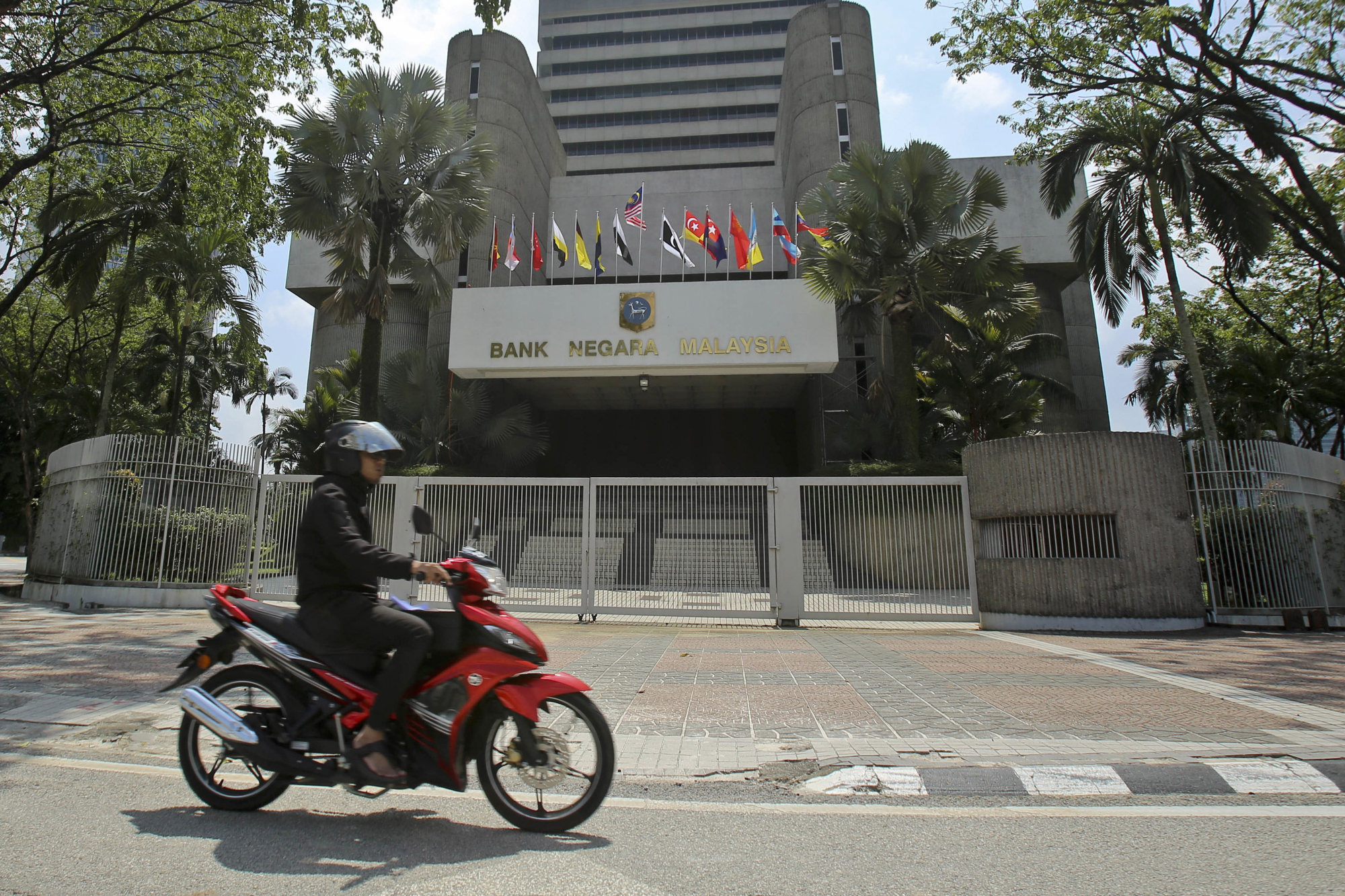Bank Negara Malaysia (BNM) said it had stepped up engagements with government-linked investment corporations and companies, private corporations and investors “to encourage continuous inflows to the foreign exchange market”.
“The ringgit is undervalued. Given Malaysia’s positive economic fundamentals and prospects, the ringgit ought to be traded higher,” BNM Governor Abdul Rasheed Ghaffour said in a statement.

The ringgit recovered slightly over this week, opening at 4.7775 against the dollar in morning trade on Tuesday, according to a Bernama report, but still hovering close to its all-time low of 4.885 in January 1998 at the height of the financial crisis.
The central bank and analysts had said the ringgit’s weakness was largely due to expectations of a policy change by the US Federal Reserve – which has prompted dollar inflows – and the far-reaching malaise suffered by China’s economy.
The ringgit has struggled to regain solid footing as Malaysia exited the Covid-19 pandemic, ranking only second behind the Japanese yen as Asia’s worst-performing currency over the past two years.
Malaysia’s Anwar says economy, investments booming despite ringgit slump
Malaysia’s Anwar says economy, investments booming despite ringgit slump
The Malaysian currency lost about 6 per cent against the US dollar as of last November, according to BNM data, faring worse than the 5.4 per cent decline over the whole of 2022.
It traded lower against a basket of major currencies on Tuesday, easing against the yen, British pound and euro.
‘It’s like a bonus’: Singapore shoppers flock to Malaysia as dollar rides high
‘It’s like a bonus’: Singapore shoppers flock to Malaysia as dollar rides high
Malaysia’s government expects the economy to grow by 4-5 per cent in 2024, accelerating from the weaker-than-expected 3.7 per cent pace for last year.
A weak ringgit is generally seen as a positive for Malaysia’s exports – an important contributor to the trade-reliant nation’s GDP – but also likely to cause a surge in inflation as businesses pass on higher costs of imported raw materials to consumers.

